We’ve heard fascinating stories from so many photographers over the years about how they create their work. Did you know that some photographers become excited just by walking into the streets? We’re featuring a photographer who feels like that, and a whole lot more. In celebration of Latin and Hispanic Heritage Month, we’re rounding up a number of the best Latin photographers we’ve interviewed in over 13 years of running this website. Granted, we’ve interviewed more than this, but these are the ones that stand out.
All images in this roundup of the best Latin photographers are used with permission from the photographers in our interviews, which are all linked accordingly.
Rey Hernandez
In our interview, he states:
It started back 1986 when I first got my SLR camera and bought my first Tasco long tube refractor. Back then I first saw the rings of Saturn and got so excited and found a way to connect my SLR and snap my first astro photo. Unfortunately I lost that picture and until now I am still hoping I will find it.
Rinzi Ruiz
In our interview, he states:
There I found so much inspiration from photographers who’s work I began to look at such as Robert Frank, Roy DeCarava, Elliot Erwitt and Ray K. Metzker. The way their pictures made me feel and the way I connected to the way they saw the world changed the way I saw photography and changed the direction of my own journey in photography. I also saw going out and shooting the streets as good way to practice using my cameras and seeing with the different lenses I had acquired. Generally it combined two things I enjoyed which were exploring and taking pictures but I didn’t have to travel too far to do it.
Omar Z Robles
In our interview, he states:
Dance photography came a bit later. From my background as a mime, movement and physical communication have always been a big part of me. While I was living in Chicago I worked on a reportage with a Parkour community. Inspired by the great visuals of the traceurs bodies in mid air, I started working on a levitation self portrait series. Due to old injuries, I had my own set of limitations so I decided to “outsource” the jumping to more skilled individuals. I found dancers had the perfect combination of athleticism and poise I was envisioning.
Nina Osoria Ahmadi
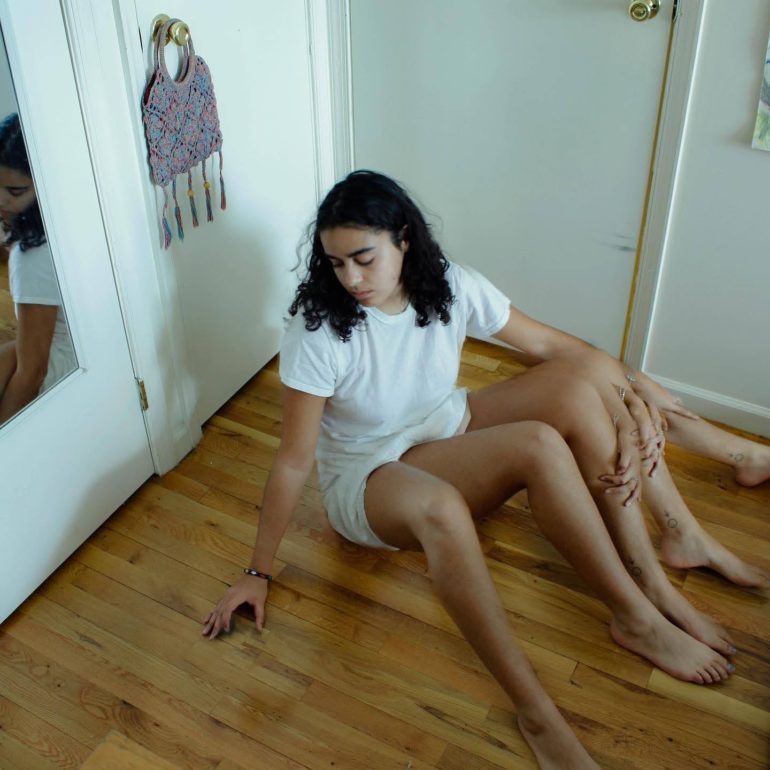
In our interview, she states:
While being of Afro-Cuban descent has been formative in the development of my life and worldview, a large portion of my life was spent without knowledge of my family and lineage; in other words, I found out at 15 years old that my biological father is Afro-Cuban. Up to that point, I thought I was white and Iranian. Since my childhood, I have both become close with my Cuban relatives and simultaneously developed an understanding of how race operates in a North American context and in Latine culture.
Tomas Ayuso
In our interview, he states:
Back in Honduras you have a bit of synchronization of crises happening. There is one of the highest rates of inequality in the world, a ruling regime known better for corruption and brazen anti-institutionalism that has set itself up as the central arbiter of power extracting wealth from the country backed by security forces loyal to them and them only. While on the neighborhood level, families struggle to put food on the table or even find work in parts of the country where the law is derived not from the state but by local gangs who have set up parallel governance by enforcing norms and extracting their own tax they call ‘war tax.’ All that’s happening as Honduras lies right in the middle of northbound routes of cocaine trafficking that run through Latin America towards the United States; the country that simultaneously holds exceptional leverage over the floundering country. It’s a perfect storm and people know they have no recourse in Honduras, so they look abroad with hope.
Sophia Hernandez
In our interview, she states:
I’ve used photography as a coping method since I can remember, so a lot of my previous work was very dark. But I came to discover that it doesn’t all have to be doom and gloom. I should make work that I want around to make myself and others feel good and happy. Bright colors, a sense of humor, and effective lighting definitely do that for me.
Rodrigo Viera
In our interview, he states
I love unique characters and expressive faces. I love hats and old people too. Sometimes I take the pictures only for the risk of it. When the situation is risky, you will hardly see a picture similar to yours. Placing the camera in someone’s face and taking a good picture is one of the most pleasurable things in life. I also look for timeless photos – I avoid logos, brands, ads that indicates that the photo is current. I like when people can’t tell if the photo was taken today or in the 70’s for example.
Martin Gonzalez
In our interview, we state
I feel the most important aspect photography brings and more specifically landscape photography, is the soothing aspect it brings to my life. I thoroughly enjoy the process. The planning, location scouting, and finding a composition. Photography has taken me to places I would’ve never imagined finding myself at. I have been knee deep in Iceland’s Jokulsarlon, under the pitch black sky at Alabama Hills’ Mobius Arch, and covered in mud and perched on a rock at Mono Lake.
Ronny Garcia
In our interview, he states:
In late 2013 I found some image on internet that took my breath away, those picture were incredible for me, something that I never saw before and from that moment I knew this is what I wanted to do. So that month I decided I wanted to buy a camera and believe me–since that moment I’ve never stopped shooting.
Jeremy Perez-Cruz
In our interview, he states:
I’m looking for images that feel like film stills. I want them to feel dynamic, atmospheric and almost painterly in appearance. I’m obsessed with light but I’m also on the look out for reflections, steam, birds, shadows, splashes – anything that can help make an ordinary moment feel extraordinary.
Bruno Massao
In our interview, he states:
I think the key word in street photography is ‘street’ – if it’s on the streets, it’s part of it. Personally, I try to shoot what I find interesting – it could be an animal, a building, a person, all of the three combined. It’s more about the moment, what makes it interesting to me – and I think that people are really interesting subjects. I can come across the same person in two different moods and have completely different photos, and I can try to create an image that really makes that mood pops out to the viewer. Objects, while they are important to the street, they don’t have a mood, they don’t have feelings – if you take a photo of a bench, then comes back two days later and take another photo, it’s the same bench. It doesn’t matter if you change the composition or the lighting, it’s the same thing as before.
Alejandra Rajal
In our interview, she states:
The first long-term story I worked on was a personal project named “Cultus.” I started it while photographing the annual Holy Friday procession in my hometown, which led me to follow a religious group for two years. The group was created in the mid-1500s and was banned at the end of the 1800s with the Mexican Reforma Laws. I found the story fascinating since I grew up in a very Catholic city and noticed that most Mexicans don’t know about the confraternities and their role during the evangelization and, therefore, their impact on our society’s faith. This project helped me understand what draws me into a story and mostly what motivates me to stay in it for longer periods of time. It was a challenge trying to gain trust and get access to a community that was extremely conservative, hierarchal, and patriarchal.
Carlos Hernandez
In our interview, he states:
Queer Alienism began as an in-class exercise in my advanced lighting studio. The series stems from my research in queer theory and queer history at the department of social & cultural analysis. I’ve specifically focused on intersectionality and understanding the role that visual culture plays in socialization and social movements. After reading a passage from Jose Esteban Muñoz’s Cruising Utopia, I became interested in imagining queer realities beyond the limitations of our present; I allowed myself to think of the queer realities where queer people could just be. Ultimately, this series has become a way for me to honor and advance queer relationships within ourselves or others – romantic or not – through looking inward at how we build support systems in the present while we build toward utopia.
Luis Ruiz
In our interview, he states:
Well to distance myself from the typical concert photographer is something I like to do as an artist. I don’t call myself a concert shooter which is what I like to do everyday. I do call myself an artist and I just let the music move me. My love for music comes from childhood since my family has always been involved in music ( mother a singer, dad a DJ, grandfather/uncle – salsa band). It all inspires me each time I’m out there.
Lalo de Almeida
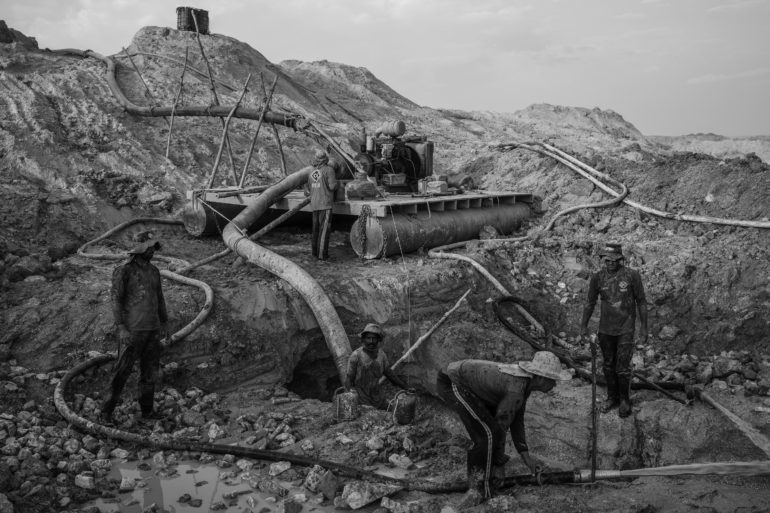
In our interview, he states:
Years later, I came back to live in Brazil. I wanted to photograph my country, which in truth looks like a continent. And living here, I know that the story of the relationship between man and nature, this conflict between preservation and occupation, is part of the very history of the country. So it seemed natural that my work would also go in this direction. It was also a way to unite photojournalism with my desire to maintain contact with nature.
Sofia Monzerratt
In our interview, she states:
As a street photographer I mainly focus on capturing the essence of the people in the location, I want to expose the beautiful and the not-so-beautiful parts of humanity. When it comes to Fine-Art photography, my main intention is to portray a message that may be translated differently to each set of eyes that stumbles upon my work. In a way, I could say that my photographic identity would be “the messenger”, always eager to capture the meaning and the soul of whatever is in front of the camera.
Carlos Ocando
In our interview he states:
This connection with Komorebi changed the way I approach photography and life in general, it’s hard to put into words, but it’s like feeling a soft breeze in the afternoon that wakes you up from the craziness going around in your environment. It’s a silent moment where you feel everything stops, and it’s just you and nature.
Fernando Sciotto
In our interview, he states:
“You’ll notice that my skies are not turquoise. Everything acquires a very homogeneous pastel pink tone, but in some photos, you can see the red leaves. I knew it was going to give me a “dream” aesthetic because it was expired.”
Humberto Segura
In our interview, we state:
I think it’s absolutely fascinating how you can discover beauty and rich stories even in the most simple and mundane places. It’s a contradiction: we live our lives focused on ourselves, on our problems, forgetting to look up, to observe, to appreciate the little things that make life beautiful. That´s what I love about street photography, to be able to capture a moment that it might just last a second or less, but it’s there, you just have to be willing to see it.
El Santo
In our interview he states:
I want to present to the viewers of the photograph, an alternative version of its reality. Make protagonists the landscapes and activities that people ignore as a result of distraction and routine.
Juanita Escobar
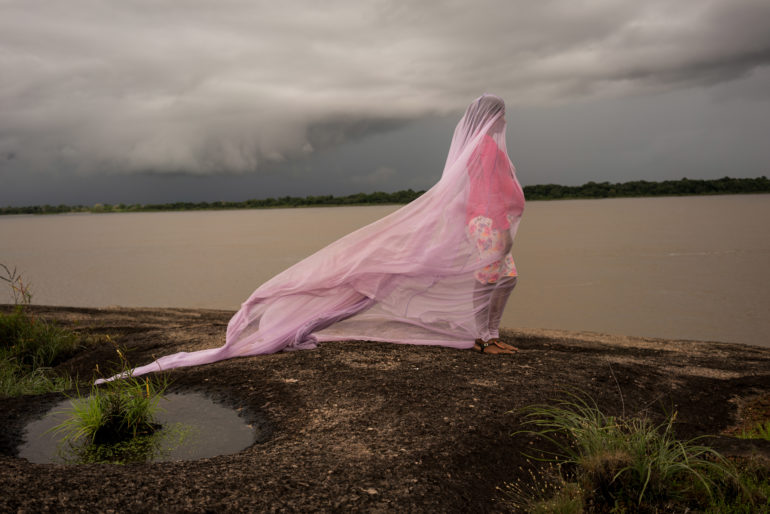
In our interview, she said:
I have therefore decided that it is their legacy, wounds and present conditions that should be recorded in this first part of a project intended to be long-term.
Santiago Traverso
In our interview, he said:
They could be maybe unconsciously inspired by dreams. But usually, I get inspired a lot by movies and music. I love cinema and enjoy learning how movies are made or how they achieve certain shoots. Sometimes I try to apply that to my work. Music also it’s a huge source of inspiration for me when I’m listening to a record. Sometimes, an idea for a photo just pops in my head, and I try to write it down or something.


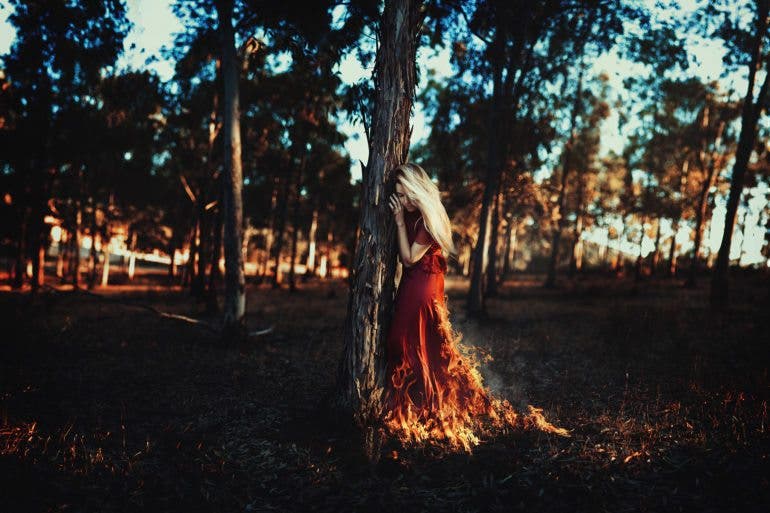

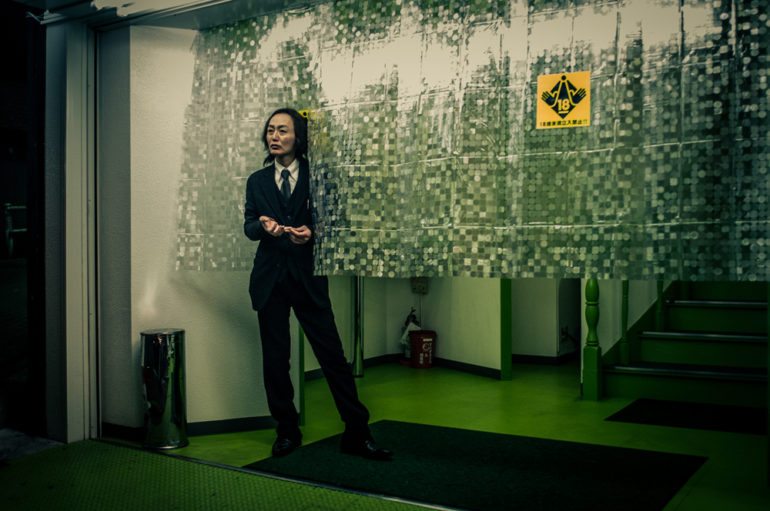

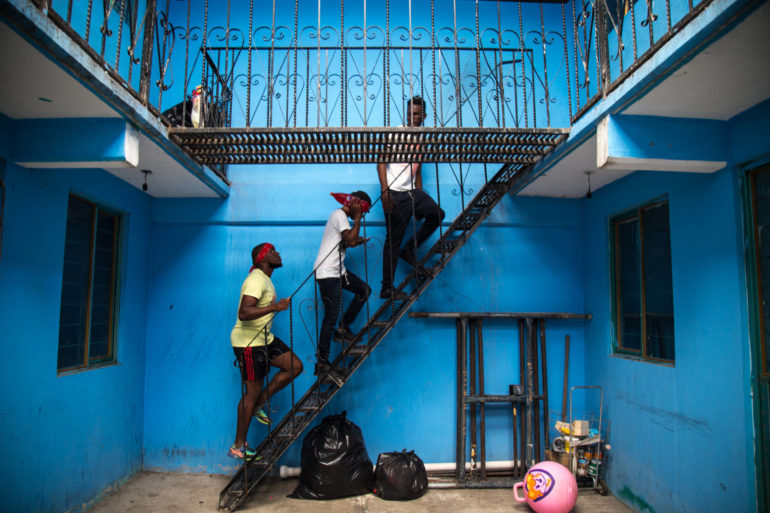
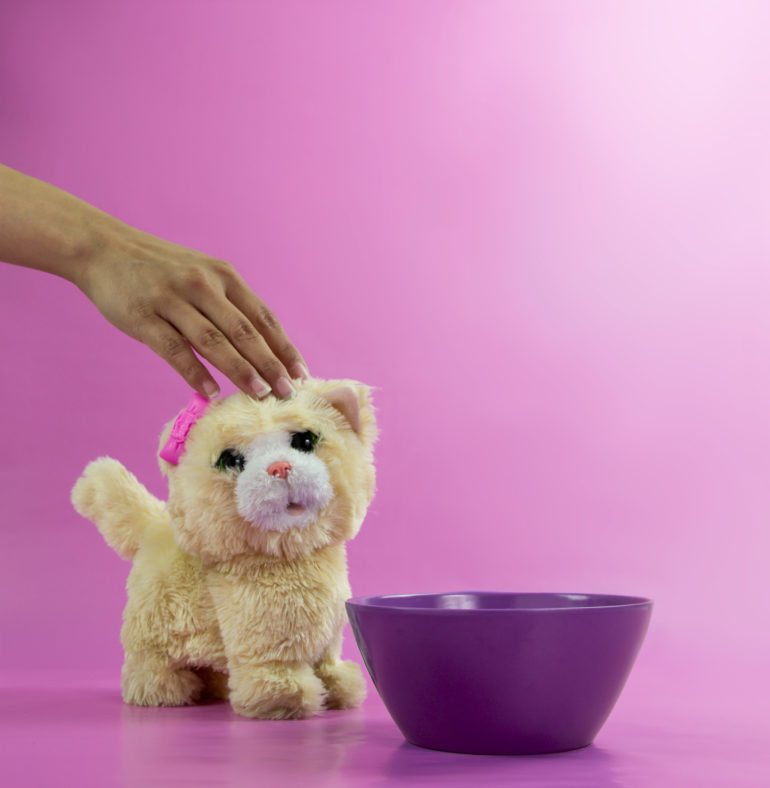
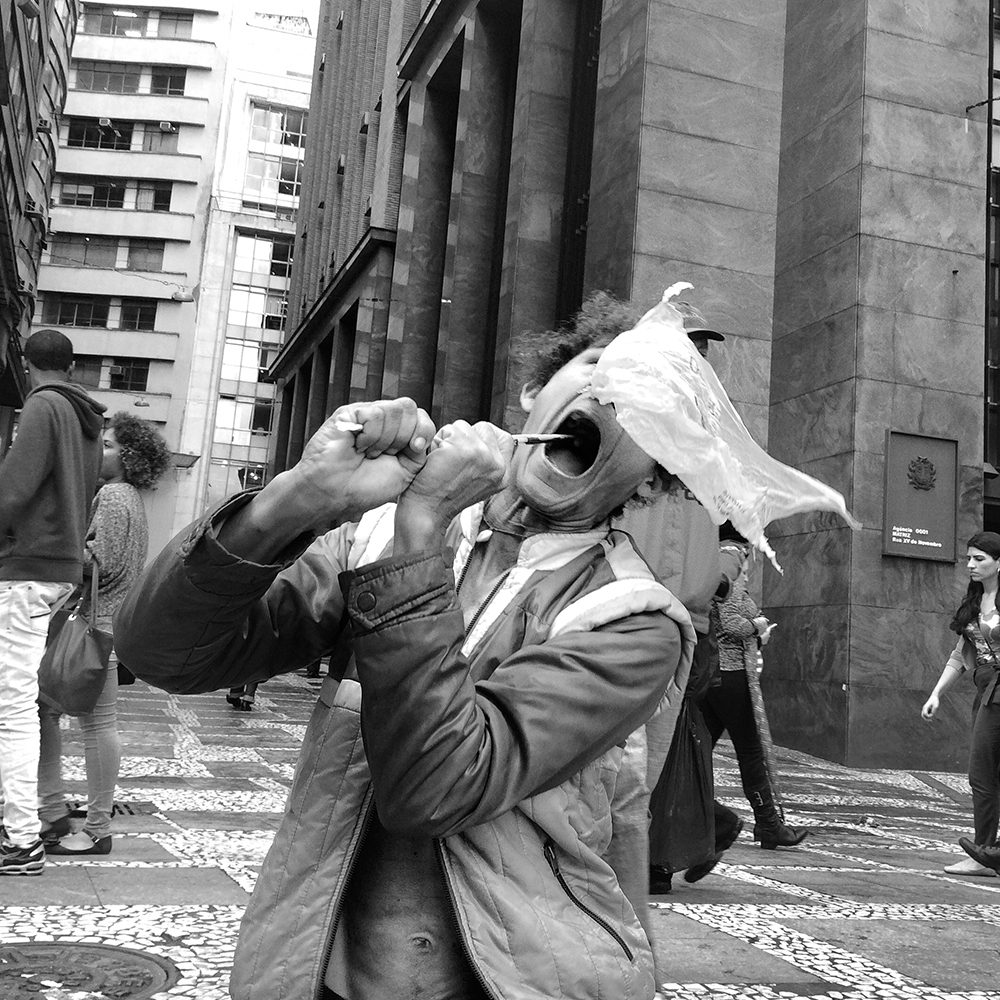
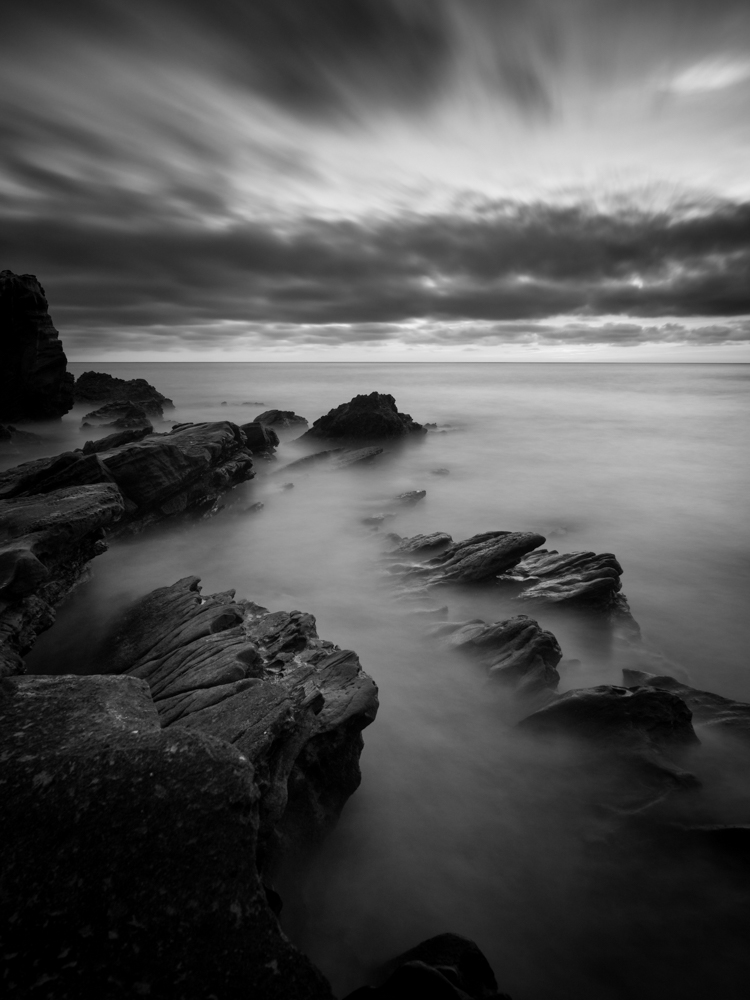
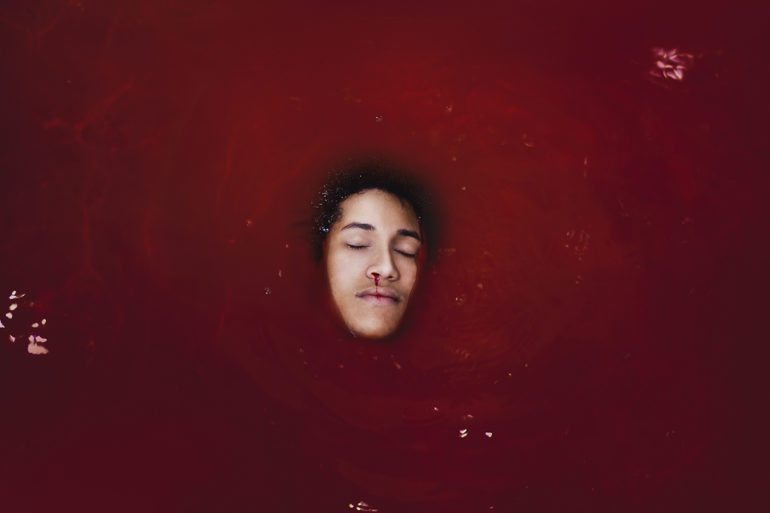
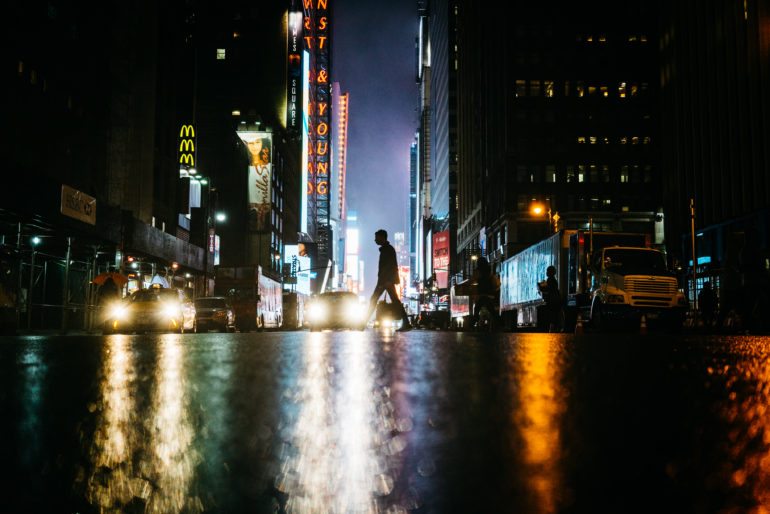
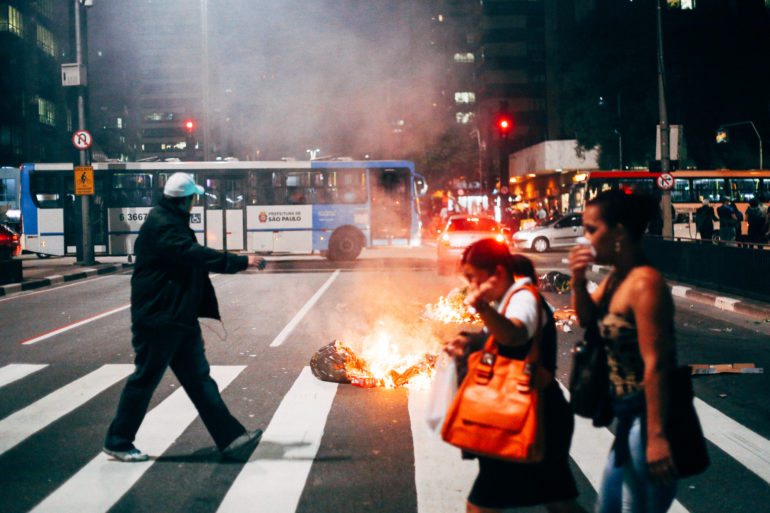
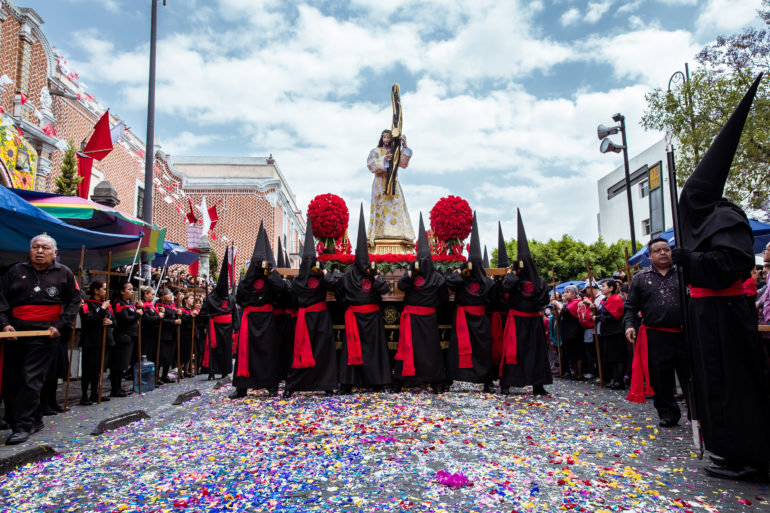
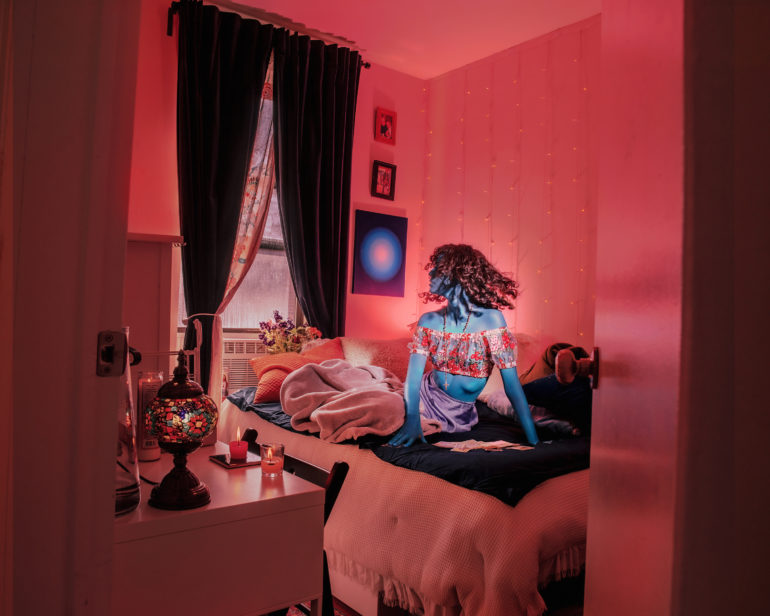
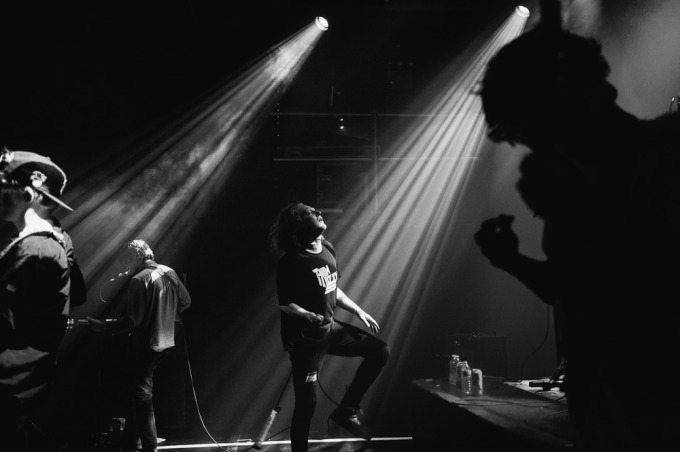
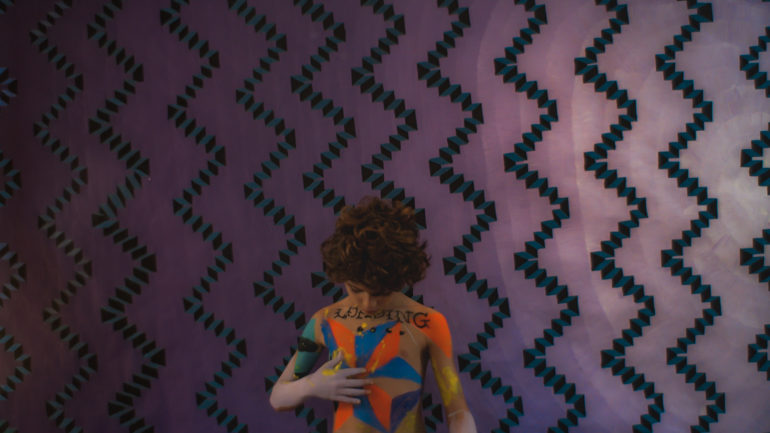
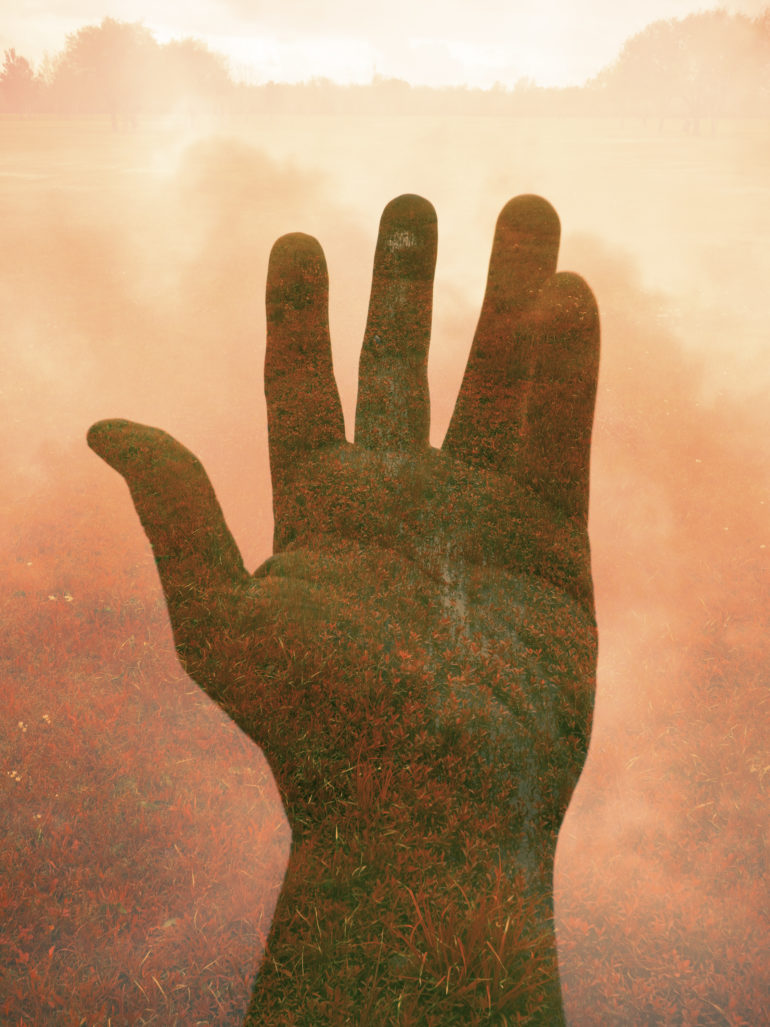
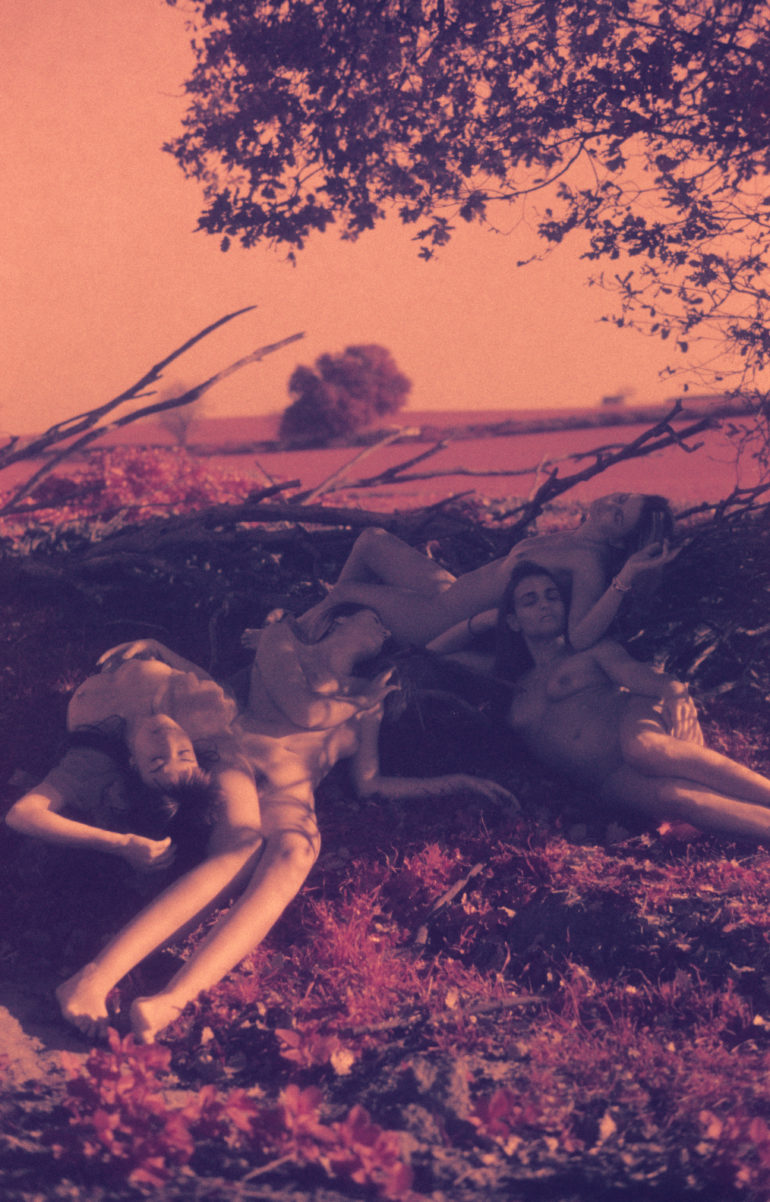
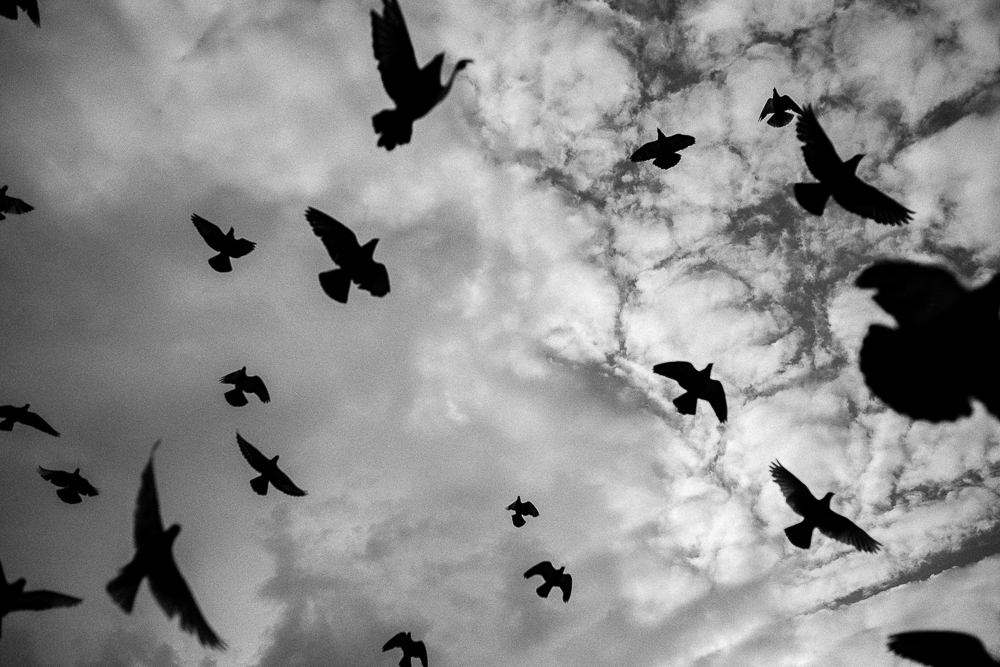
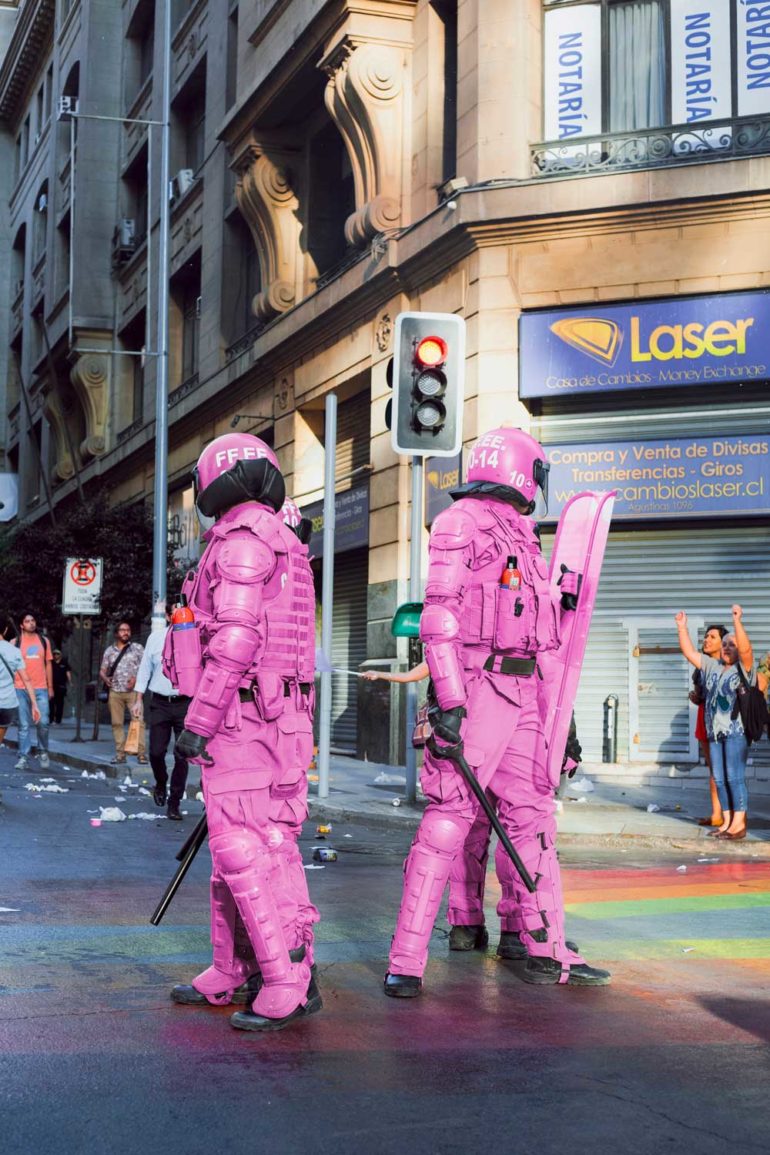
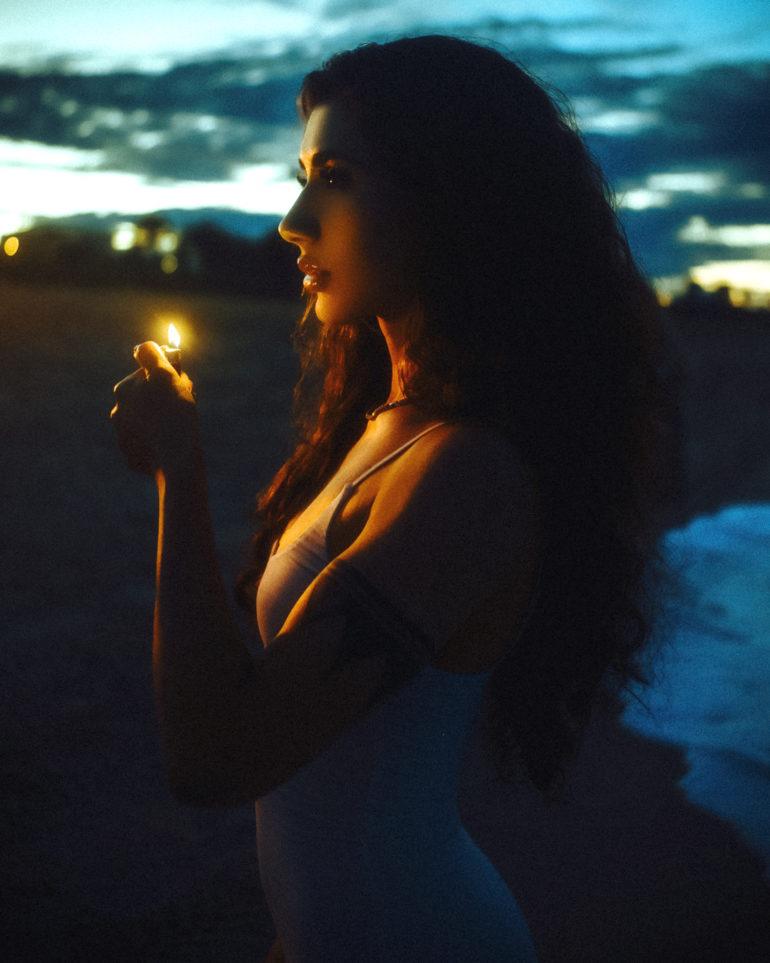
Leave a Reply